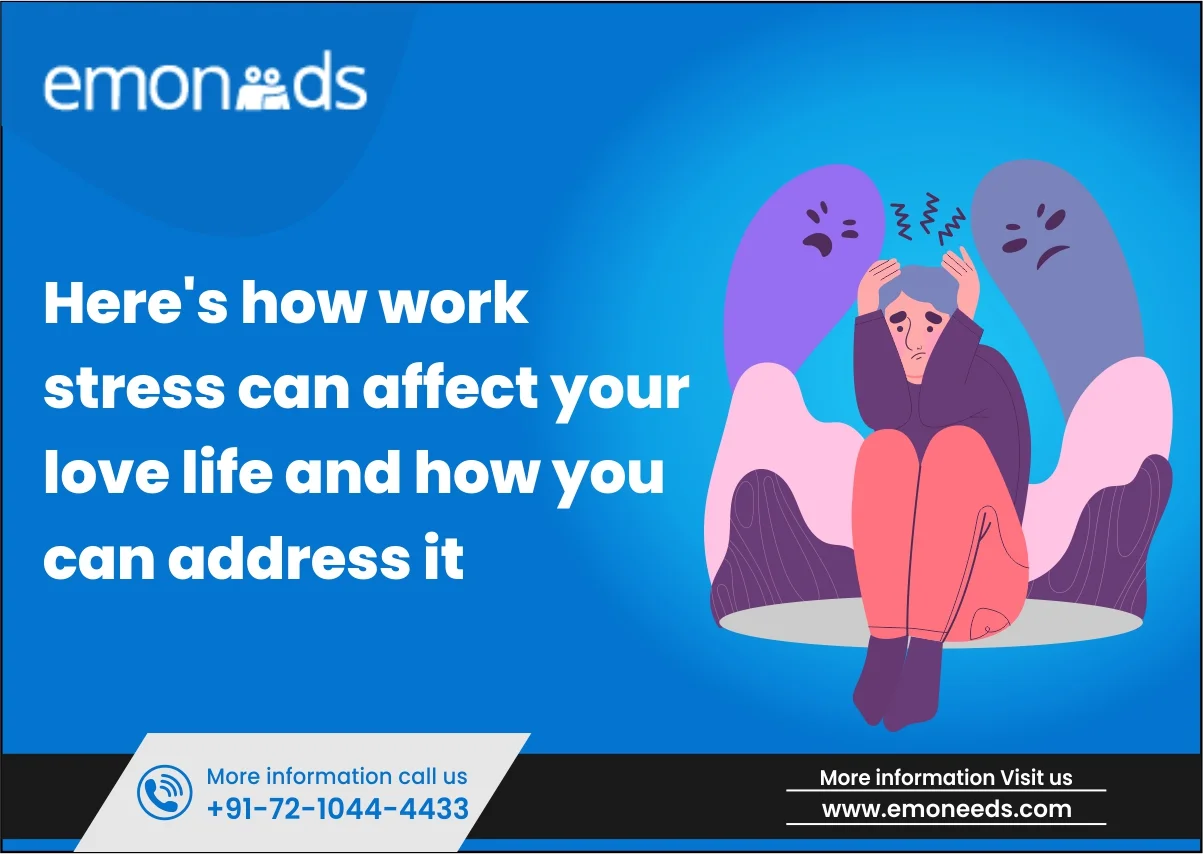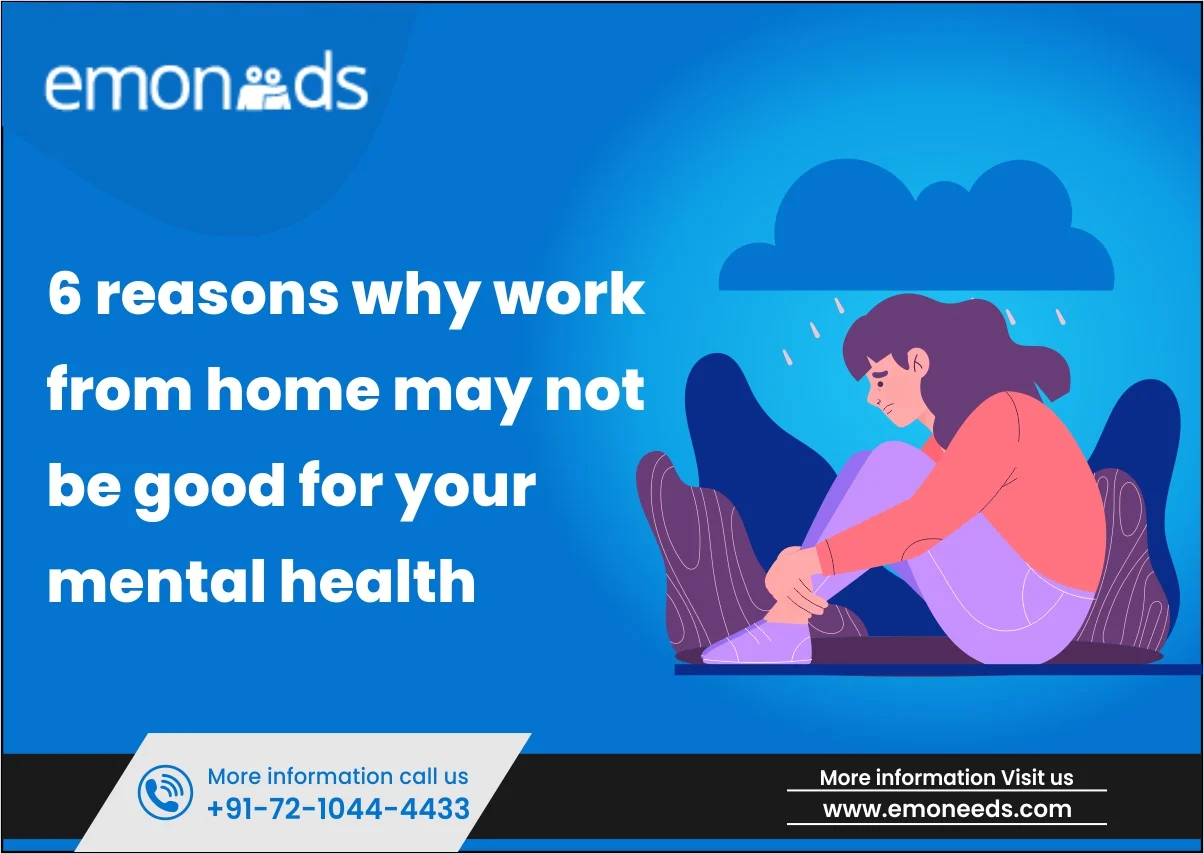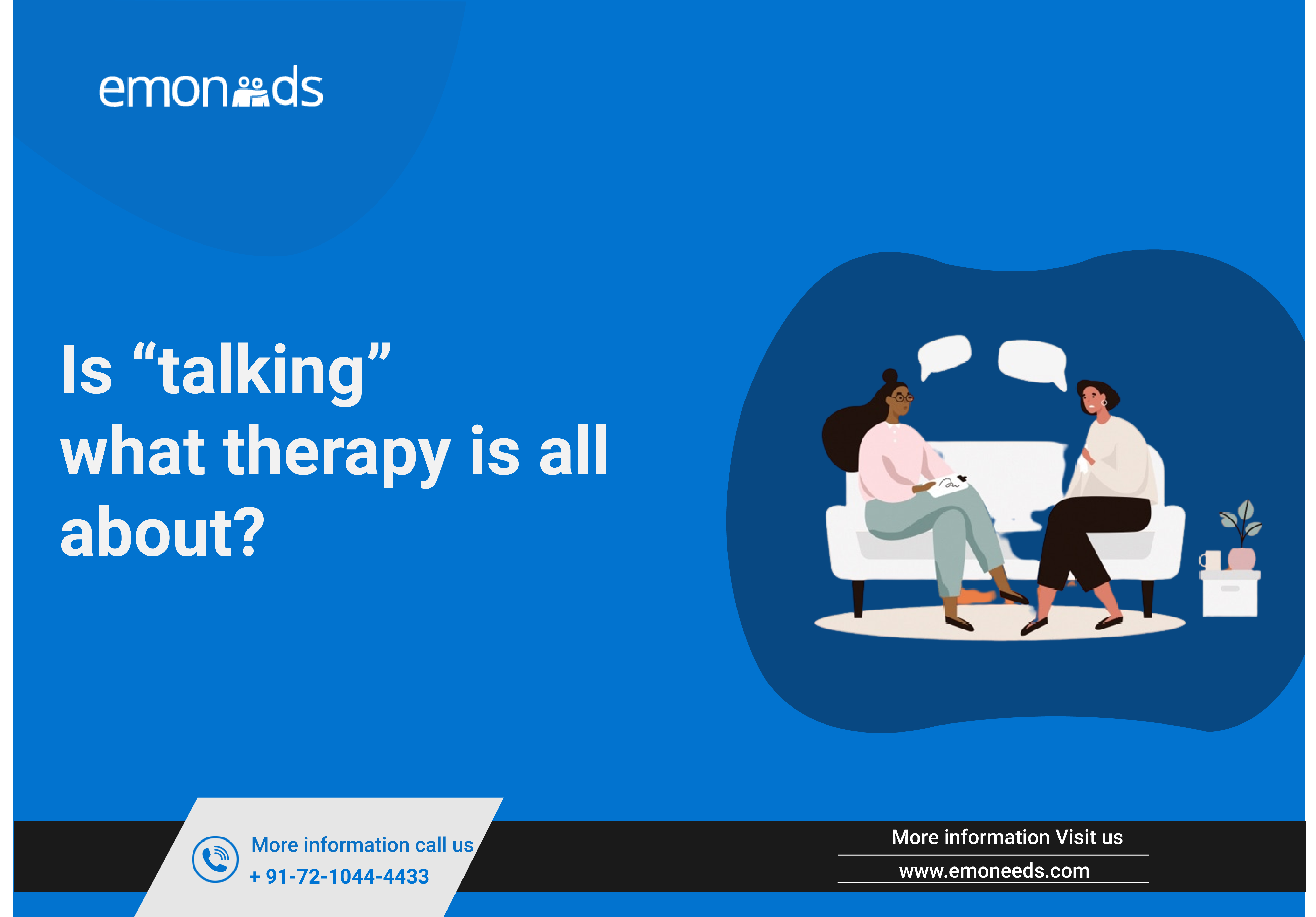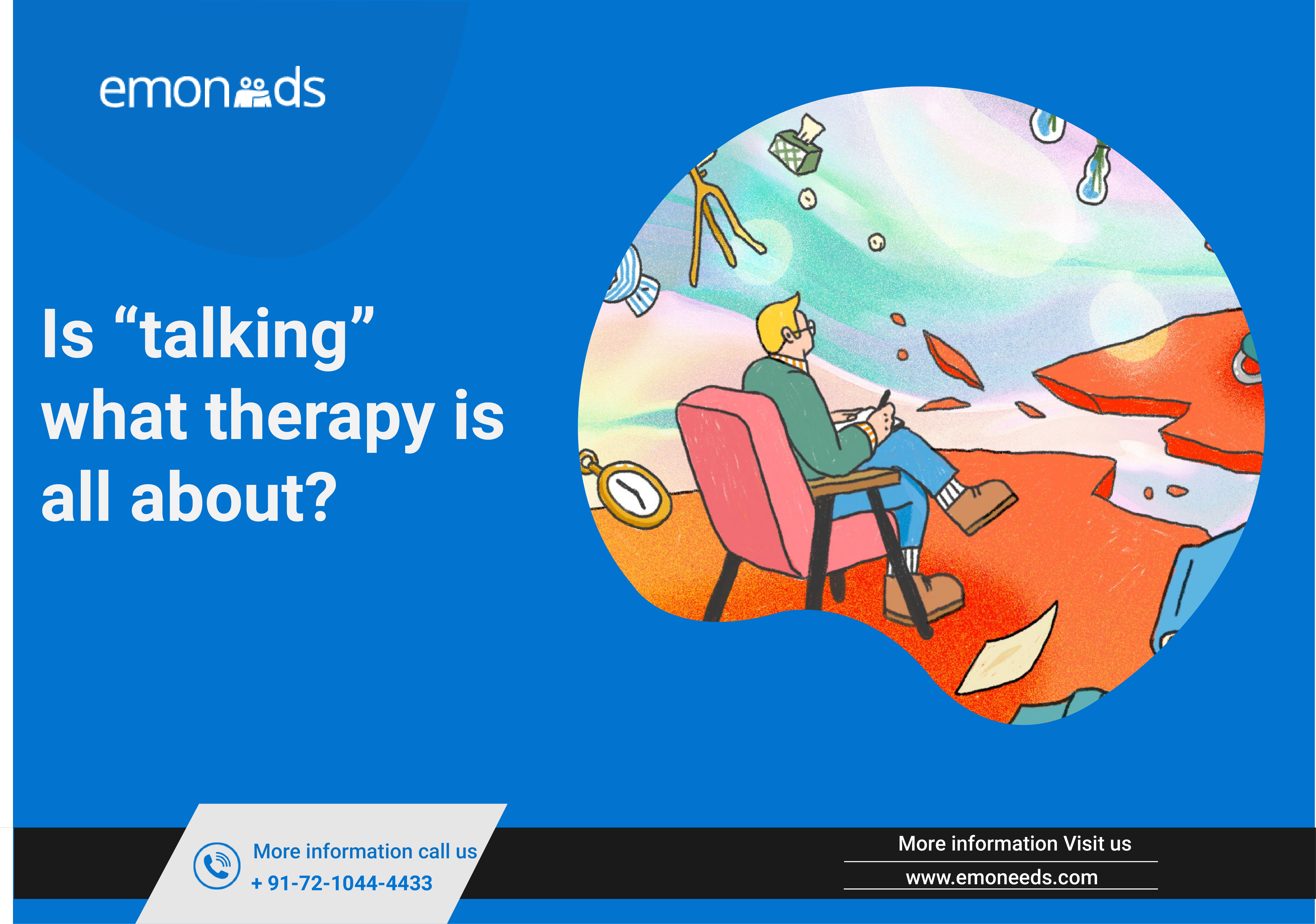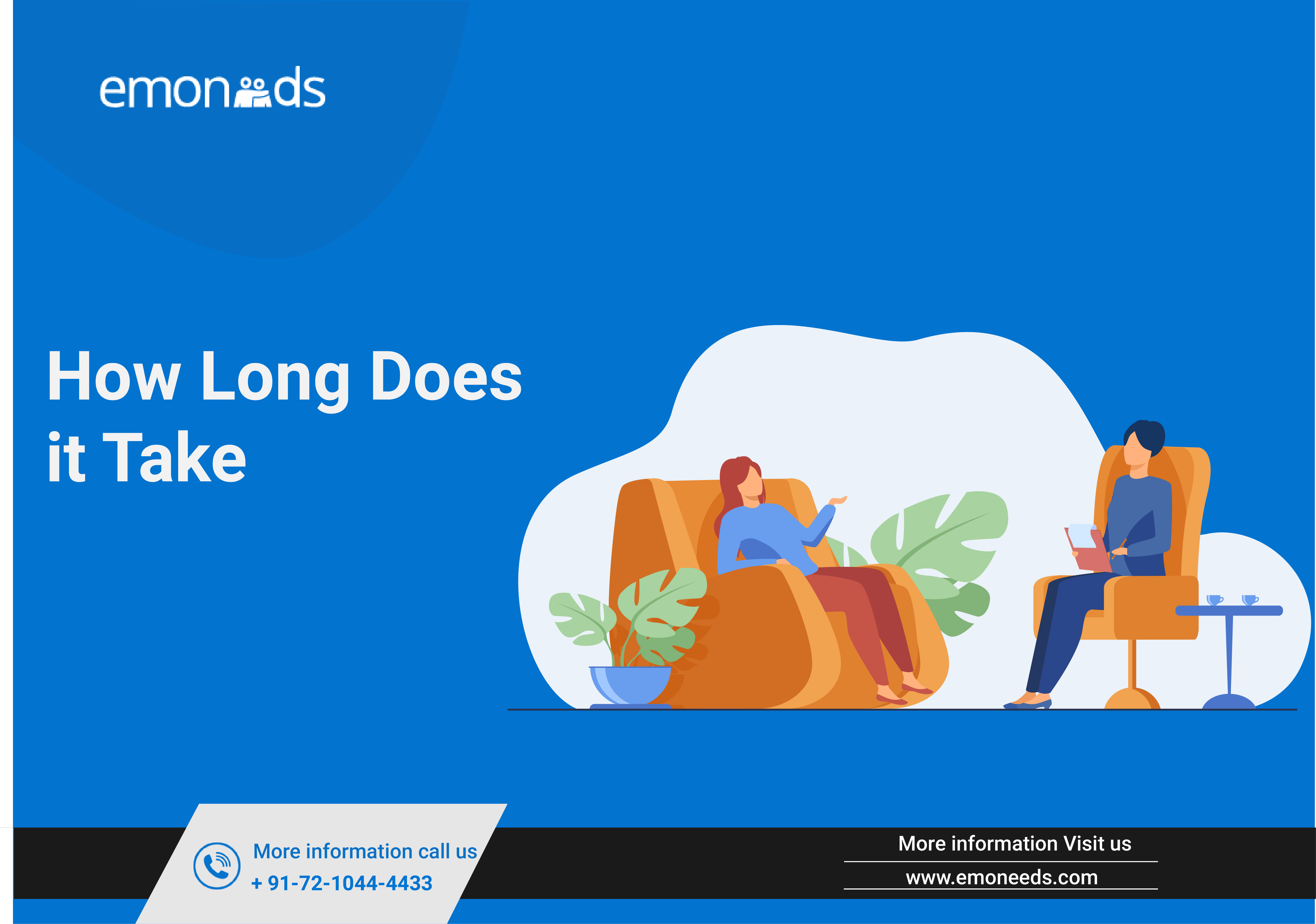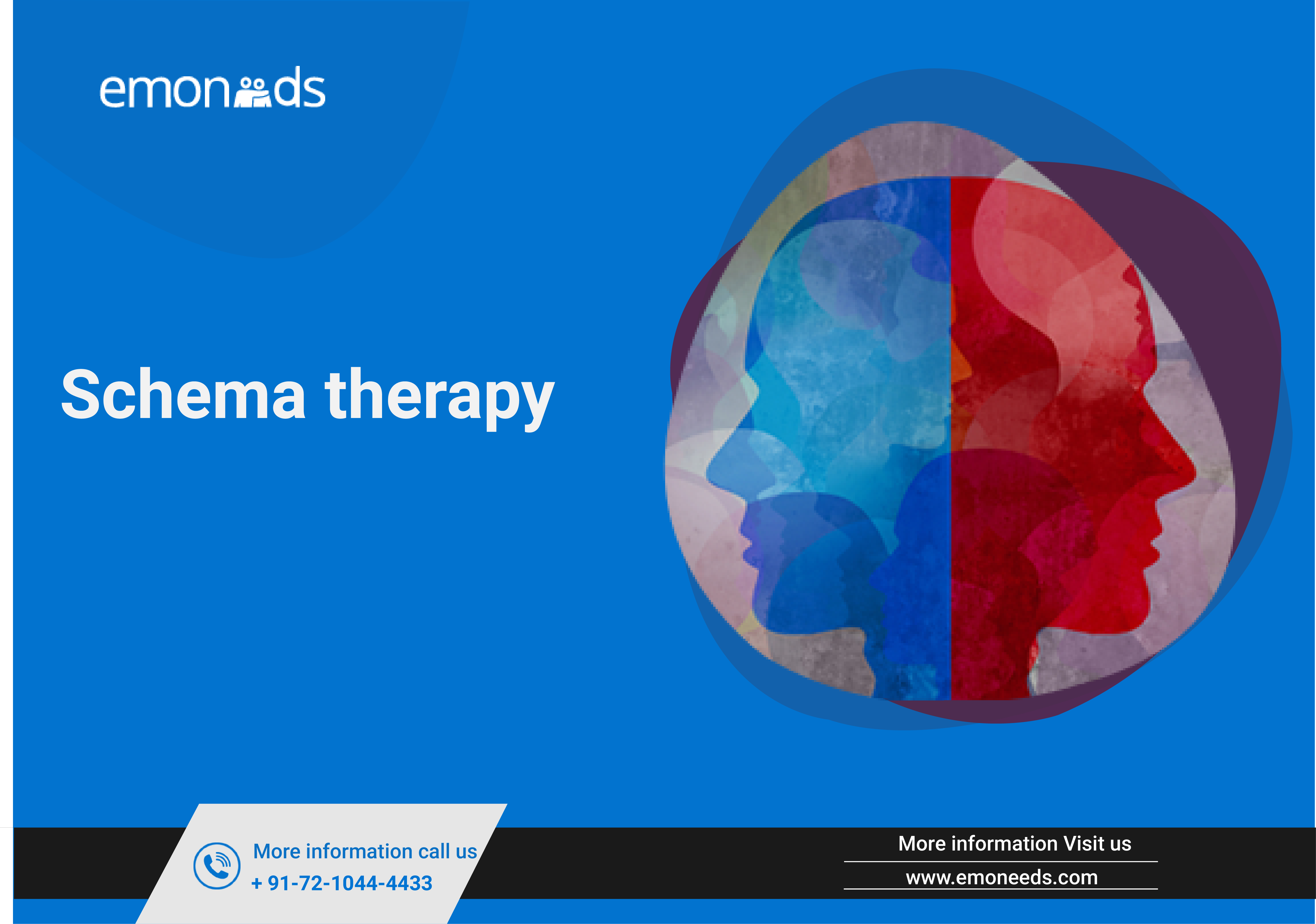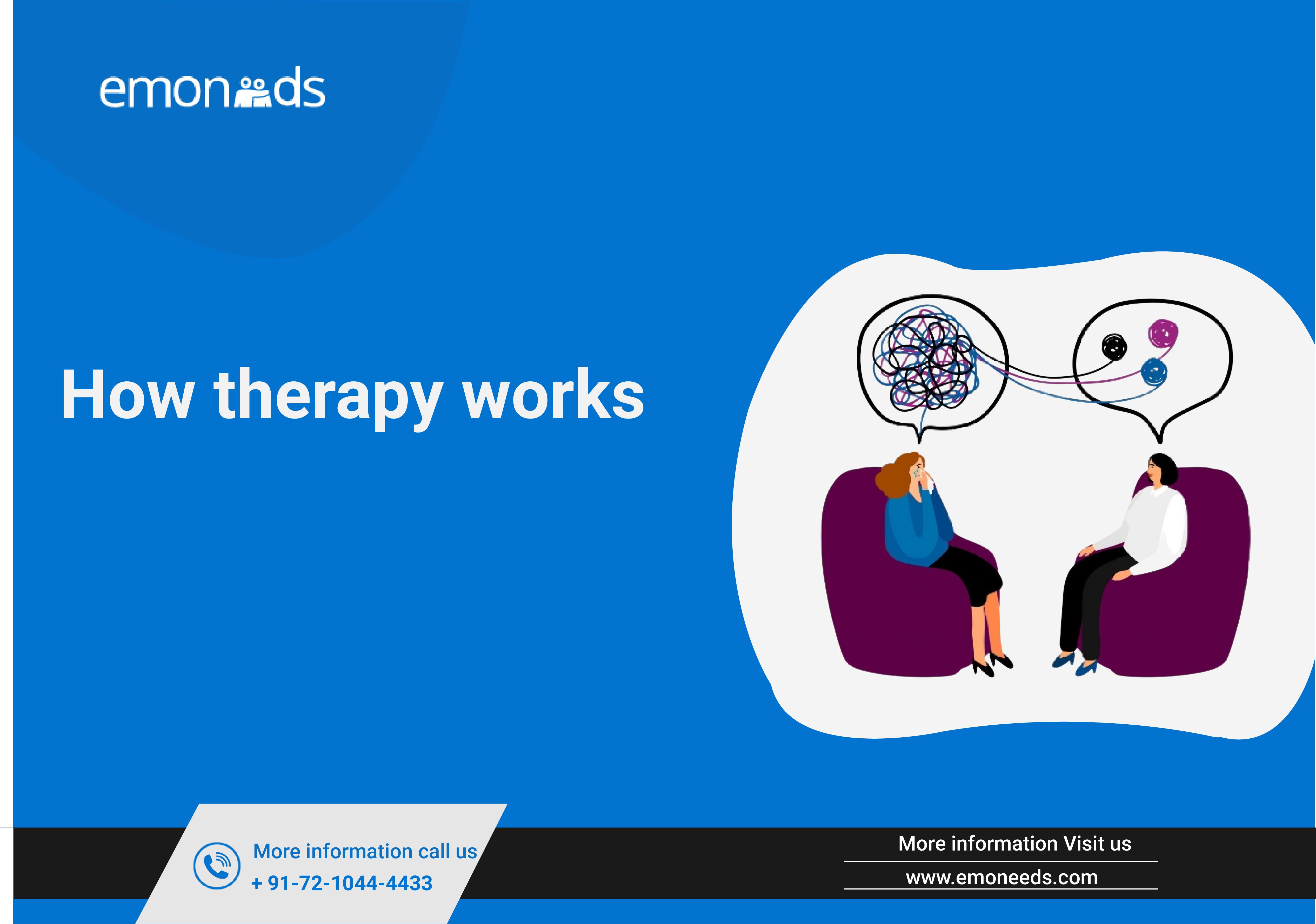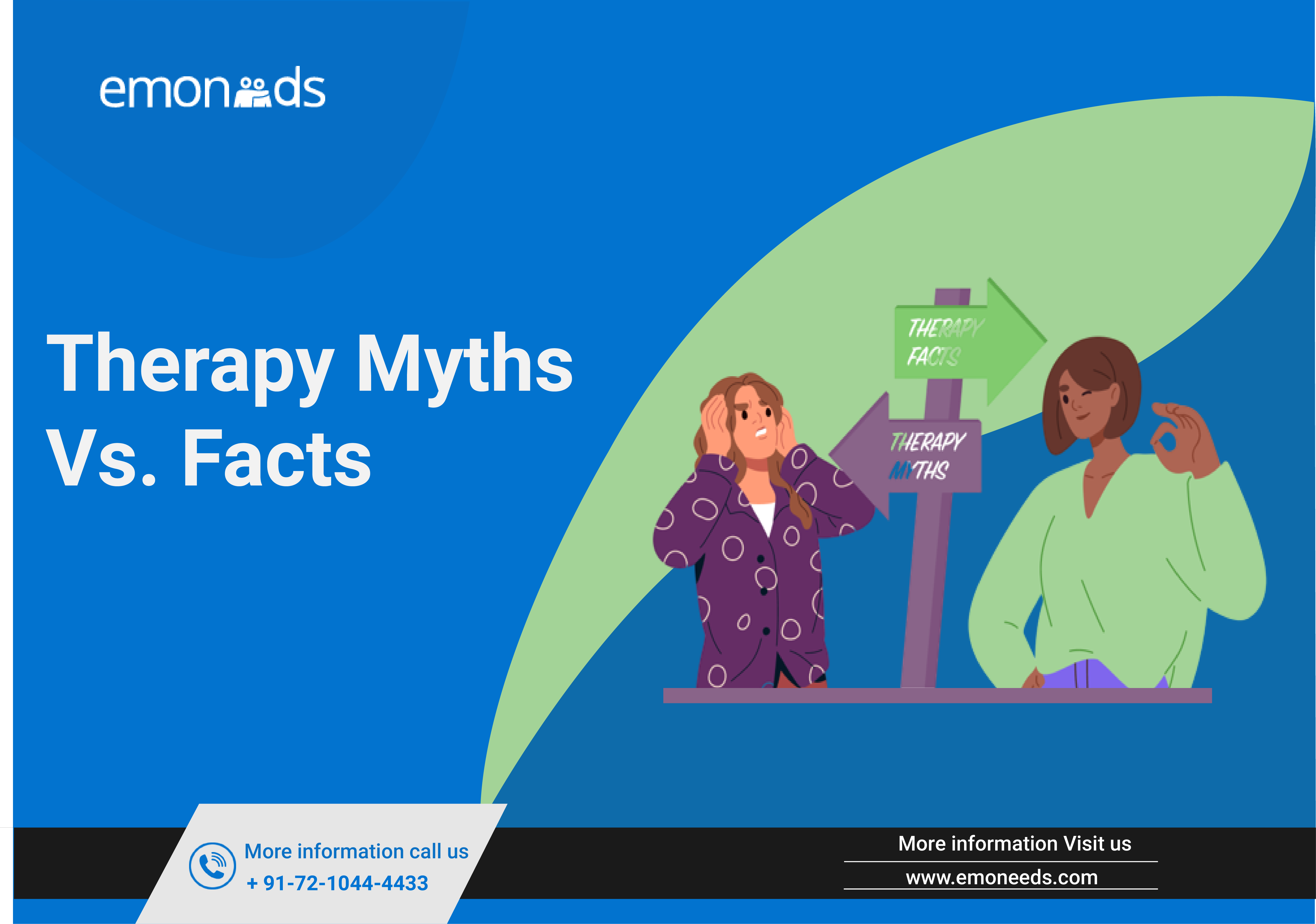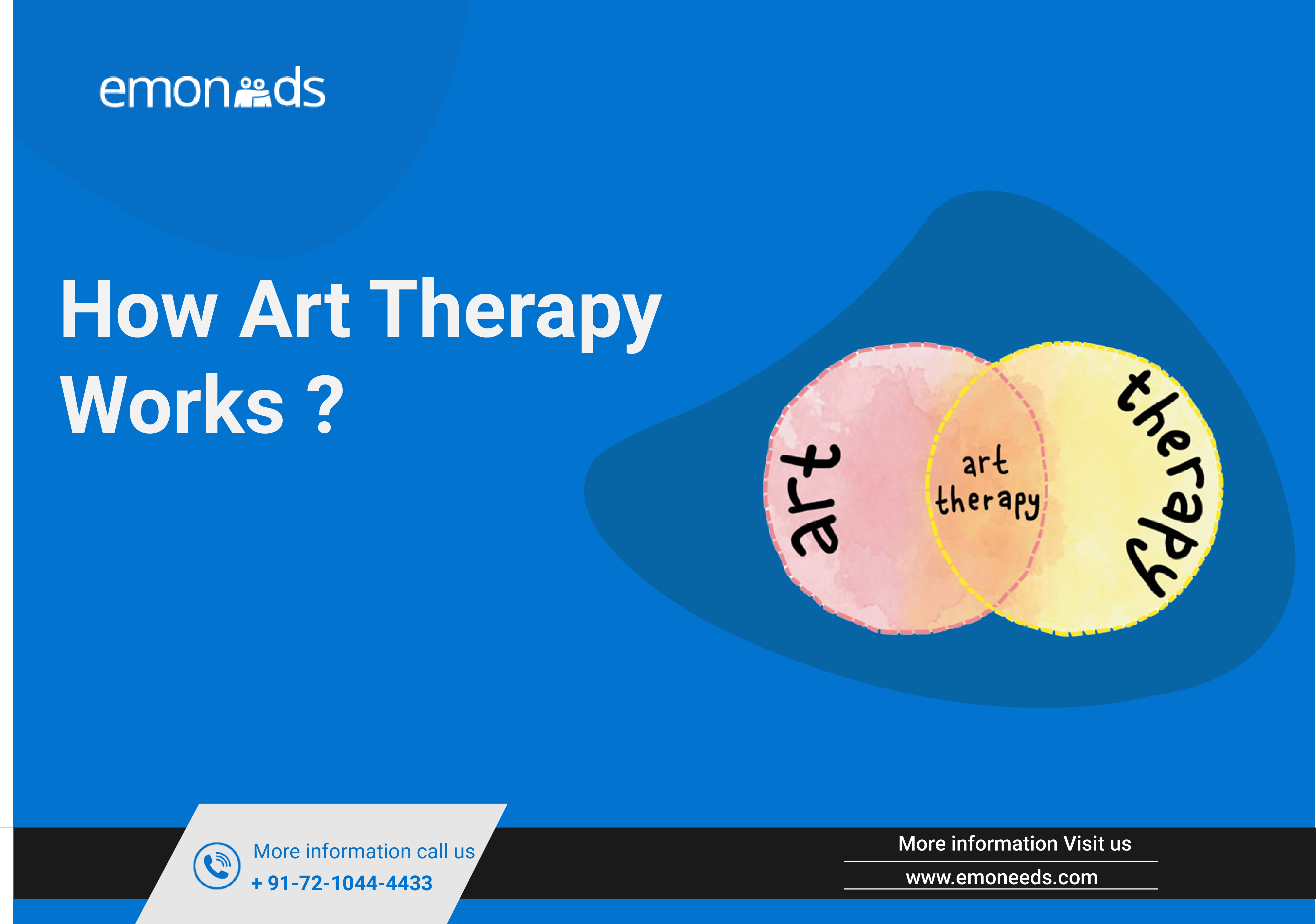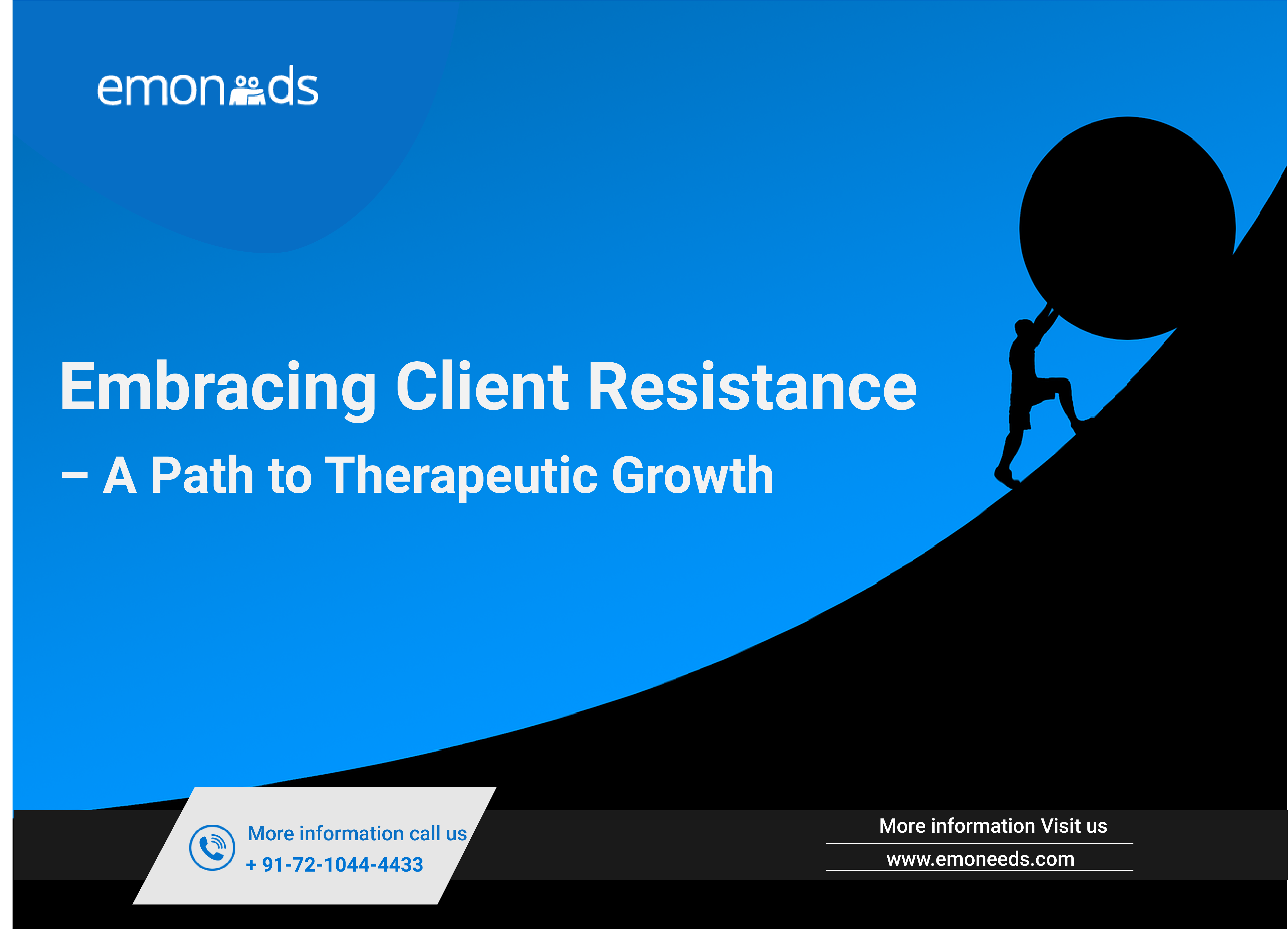
- August 10, 2023
- Saloni Kabra
- 0
Table of Contents
ToggleEmbracing Client Resistance – A Path to Therapeutic Growth
Written by: Riya Choudhary
In the realm of counseling, client resistance can often present challenges for clinicians. However, rather than attributing blame to the client, it is crucial for the clinician to recognize their own responsibility in addressing and overcoming resistance.
It requires a willingness to confront personal biases, bridge therapeutic gaps, and empathize effectively with the client. By understanding resistance as valuable information rather than a personal attack, clinicians can transform the therapeutic process and enhance client outcomes. Psychiatrist David Burns highlights that ego can hinder the clinician’s ability to navigate client
resistance. The desire to protect one’s pride and identity may lead clinicians to match the client’s resistance with their own, impeding progress. Burns suggests a radical shift in mindset— an ego death that allows clinicians to drop defensiveness and truly listen to their clients’ messages. To achieve this, clinicians must reframe client resistance as informative feedback.
Resistance is not a reflection of personal shortcomings but an opportunity for growth and adjustment. By acknowledging the vulnerability of clients and their limited means of expressing dissatisfaction, clinicians can cultivate compassion and recognize the need for resistance as a means of communication.
Moreover, embracing client resistance requires taking responsibility as the service provider. Clinicians should resist the temptation to blame clients and instead view resistance as an invitation to address underlying issues within the therapeutic relationship. Recognizing their own power to effect change, clinicians can actively seek concrete steps to alleviate resistance and improve client engagement. In the face of resistance, clinicians must also embrace the possibility that clients may teach them valuable lessons. It is essential to acknowledge personal limitations and embrace the ongoing learning inherent in the counseling profession.
By humbly acknowledging ignorance and utilizing resistance as an opportunity for growth, clinicians foster an environment of mutual learning and development. Modeling healthy interaction is another key aspect of embracing client resistance. Clinicians should receive resistance with respect and demonstrate how to offer feedback in a kind and constructive manner. By embodying a balanced give-and-take dynamic, clinicians set an example for clients, encouraging them to engage in productive dialogue. A real-life example illustrates the transformative power of understanding and embracing resistance.
Working with a young man who resisted workbook exercises, a clinician initially struggled to engage him in meaningful discussions. Through open communication, the client revealed that completing the assignments reminded him of school and ended their positive conversations.
This revelation led the clinician to recognize that what the client truly needed was a caring relationship with a positive male figure—a safe space to establish trust. Adjusting their approach accordingly, the clinician prioritized relationship building and made the workbook exercises optional.
As a result, resistance dissipated, and the client voluntarily invested more effort into the work, fostering a deeper therapeutic connection and yielding positive outcomes. In conclusion, embracing client resistance is a transformative process that demands clinicians to relinquish ego, reframe resistance as valuable feedback, take responsibility for change, view resistance as a potential source of learning, and model healthy interactions.
By understanding and embracing resistance, clinicians can create therapeutic environments conducive to growth, healing, and authentic client engagement.

